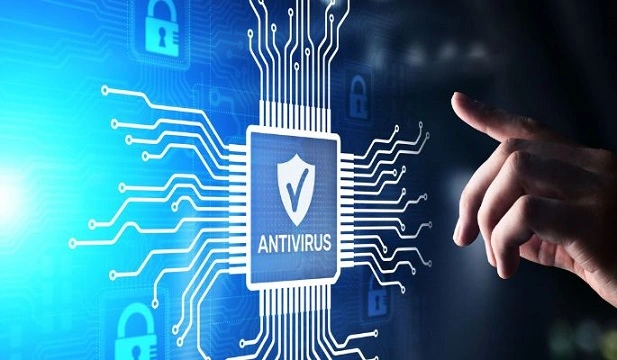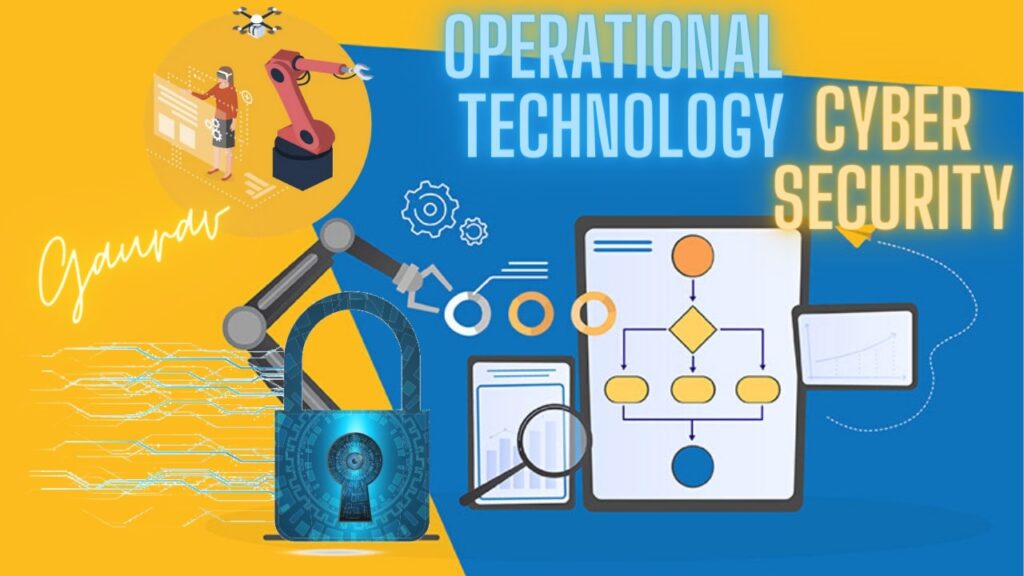When it comes to business processes and procedures, checklists are convenient. They help people stay disciplined and follow standard operating procedures to avoid simple mistakes.
OT cyber security involves many systems, devices, networks, and data. The Protect function addresses this complexity by assessing the risk of assets, software, and information to prevent attacks from occurring.
Install Reliable Antivirus And Anti-Malware Software

The best antivirus software protects against malware, viruses, and other threats that can harm computers, laptops, and devices. Antivirus programs scan, detect, and remove malicious code from computers to prevent security breaches resulting in costly downtime, data loss, or compromised device functionality.
Malicious code, including viruses, worms, or Trojans, can enter a computer system by sharing infected removable media, opening a phishing email attachment, or visiting a malicious website. Viruses can damage or delete files and compromise a computer’s performance.
Worms can replicate and consume system resources and infect multiple computers. Trojans resemble legitimate programs and can sneak onto computers without the user’s knowledge, giving hackers unauthorized access to files or stealing valuable personal information that can be used for identity theft.
Reliable antivirus software will scan all incoming files and programs in real-time and can either quarantine or remove them. Some programs will also restrict users from accessing websites known to have malware. Antivirus programs can also protect against ransomware, designed to encrypt all the data on an infected device and demand payment to decrypt it.
Implement Regular Data Backups
In the face of rising cyber threats, data backups are a cornerstone of securing operational technology from cyberattacks. Comprehensive backups ensure the continued operation of vital OT systems by enabling swift recovery of critical data and minimizing downtime during disruptions or data loss incidents.
There are many ways data can be lost, including human error (deleting or overwriting files, mishandling equipment), malware attacks (viruses, ransomware, and other malicious software that encrypt, corrupt, or erase data), and natural catastrophes such as fires, floods, and earthquakes. Backups prevent firms from losing their information and can protect them from financial loss, reputational damage, and business interruption.
A well-defined data backup policy is essential, outlining the method for planning, executing, and authenticating backups. This includes the frequency of backups and how long data will be retained. For example, an organization may perform full backups weekly or every other week and incremental backups daily between those. It is also essential to consider the cost of storing backups in the cloud versus on-site storage. Encrypting data can further enhance backup security and reduce data management expenses. To ensure backups are adequate, testing and reviewing the results of backup tests is crucial.
Implement Intrusion Detection and Prevention Systems
No cybersecurity system is foolproof, and cyber threats are constantly evolving to bypass security tools. That’s why it’s essential to have an IPS solution that monitors suspicious activity and proactively neutralizes cyberattacks before they can impact operational systems or networks.
Unlike IDS, which only detects anomalies and alerts administrators, IPS solutions take the next step by actively responding to detected threats. This includes blocking users or traffic from specific IP addresses, resetting network connections, or changing security configurations to prevent attacks.
In addition, IPS solutions can detect evasive attacks like OS fingerprinting (attempting to determine a device’s operating system). This enables them to prevent attackers from gaining entry by bypassing traditional security measures.
Since prioritizing notifications and responding quickly can be challenging, many organizations integrate IPS with their alert management systems to elevate high-priority notifications as loud, audible alerts. This helps ensure that critical threats are not missed and provides a better chance of preventing damage to operations and the bottom line.
Conduct Regular Vulnerability Assessments and Penetration Testing
Vulnerability assessments are a vital security measure that can prevent cyber attacks. They entail looking for software and hardware flaws that hackers could use to infiltrate a company’s systems. A vulnerability assessment can include network-based scans that detect vulnerabilities, wireless network assessments that check for vulnerable access points and validate system configurations and database and application scans that test for known software vulnerabilities and misconfigurations.
A penetration test goes further and simulates an attack from the outside. This involves security experts digging through an enterprise’s systems to find any vulnerabilities they can exploit. This is a much more intensive process and usually requires a dedicated team of security professionals.
While a penetration test can be expensive, it’s worth the investment to avoid the costs associated with a successful data breach. Breach victims spend time and money to restore their systems, lose revenue, and face a damaged reputation. Preemptive vulnerability assessments can prevent violations and save these costs. In addition, preventing breaches can help companies maintain their trust with customers.
Have an Incident Response Plan in Place
A data breach can have a devastating effect on an organization, both financially and reputationally. Businesses need a robust cybersecurity plan to quickly and effectively mitigate a violation, minimize damage, and restore business operations.
A well-executed incident response plan should cover the following phases: preparation, detection, containment, investigation, remediation, and recovery. The plan should also establish internal guidelines and procedures to help employees respond to cyberattacks. By practicing fake data breaches regularly, you can ensure your staff members understand the procedure and know how to react if an attack occurs.
During preparation, teams identify their systems’ most likely vulnerabilities and threats. They also create a communication plan to inform stakeholders, authorities, legal counsel, and employees about the incident. The next step is implementing prevention measures, including setting up alerts and implementing intrusion detection and prevention systems. In a breach, a coordinated shutdown must be performed to isolate compromised systems and prevent the spread of malware.
Common Threats
Viruses malware and ransom ware are among the common digital adversaries that can compromise the integrity of our systems. Understanding these threats is the first step towards fortifying our digital defenses.
Must Read: Backdoor Attack: Explaining Trojan, Ransomware & Malware
Benefits of Reliable Security Software
Investing in robust security software offers several advantages including real time protection regular updates and enhanced overall performance. These features collectively create a formidable barrier against potential threats.
Features to Look For
When selecting security software it’s essential to consider features like firewall protection malicious website blocking and email protection. These elements contribute to a comprehensive security suite.
Installation Process
Ensuring your system meets the required specifications and following a step by step installation guide is crucial to maximize the effectiveness of your chosen security software.
Importance of Regular Scans
Performing full system scans custom scans and scheduled scans is vital to detect and eliminate potential threats before they can cause harm.
Tips for Safe Browsing
Adopting practices such as avoiding suspicious links maintaining secure password practices and enabling two factor authentication contributes to a safer online experience.
Final words
Now a days ensuring the security of your devices is paramount. As we navigate through the vast expanse of the internet our systems are constantly exposed to various cyber threats. This is where reliable antivirus and anti malware software play a crucial role in safeguarding our digital lives.
The digital landscape demands proactive measures to secure our devices. The installation of reliable antivirus and anti malware software is not just a precaution but a necessity in today’s interconnected world. Take charge of your digital security and fortify your defenses against potential threats.




